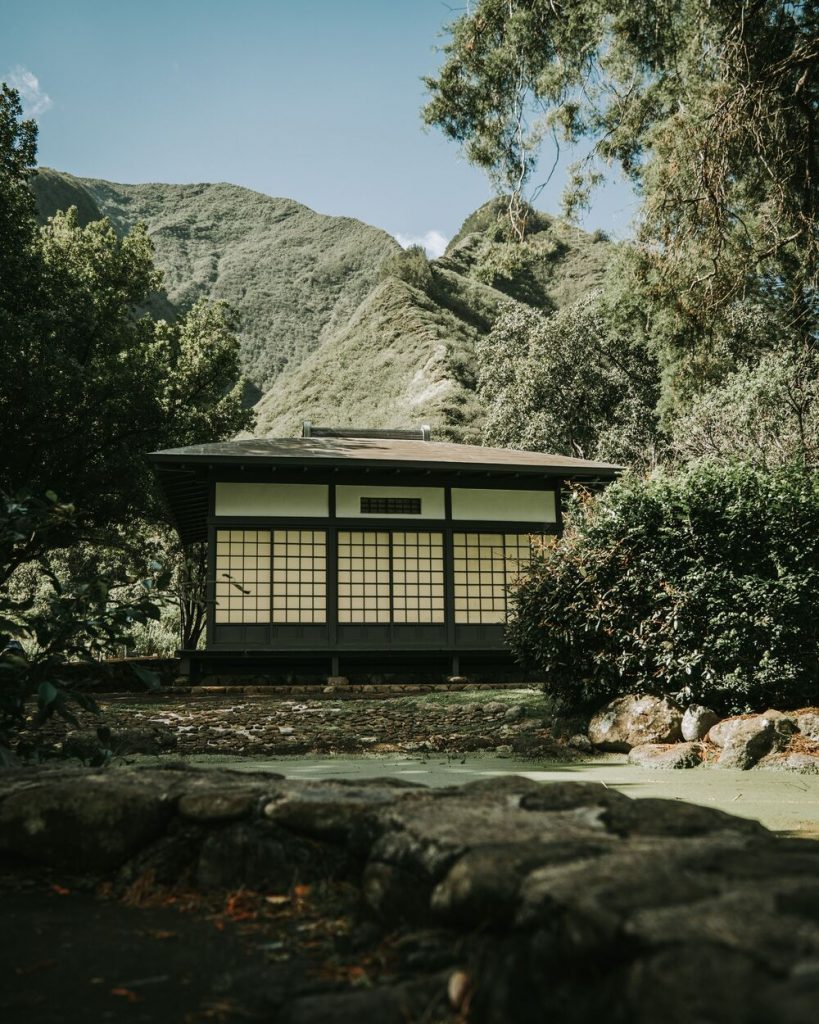Choosing the right teas for your teahouse menu is one of the most critical decisions you’ll make as an owner. Whether you’re opening a new teahouse or refreshing an existing menu, the quality, variety, and uniqueness of your tea selection will be the foundation of your business’s success. After all, it’s not just about serving a hot beverage—it’s about offering an experience that keeps customers coming back time and again.
The world of tea is vast and diverse, and your customers’ tastes will vary widely. Some will seek the comforting warmth of traditional black tea, while others may prefer the delicate taste of green tea, the soothing properties of herbal teas, or the unique flavors of blends that tell a story. To ensure your menu caters to all these preferences and stands out from the competition, here’s a comprehensive guide on how to choose the perfect tea for your teahouse.
1. Understand Your Target Audience
Before selecting teas for your menu, it’s essential to understand who your customers are and what they are looking for in a tea experience. Are they tea aficionados who prefer high-end, rare teas, or are they casual drinkers who want something simple and accessible? Knowing your target audience will help you curate a selection that aligns with their preferences.
Conduct Market Research
If you’re opening a new teahouse, start by conducting some research into your local market. Visit other tea spots in the area, attend tea festivals, or conduct surveys with your potential customers. Understand what types of tea are popular, the flavor profiles people enjoy, and any trends that are emerging. This will provide you with valuable insights into what your customers are likely to enjoy.
Consider Demographics and Preferences
Think about the demographics of your clientele. Are you in a bustling city, catering to busy professionals, or is your teahouse in a more relaxed, family-friendly neighborhood? A busy city crowd might appreciate quick-to-serve options like iced teas or matcha lattes, while a suburban area might lean toward classic black teas or herbal infusions. Additionally, cater to specific dietary preferences—offering gluten-free, vegan, or organic options can be a deciding factor for health-conscious customers.
2. Choose a Diverse Range of Tea Categories
One of the most appealing aspects of tea is the sheer variety available. To ensure your menu appeals to all tastes, you’ll want to curate a diverse range of tea categories.
Black Tea
As one of the most popular and widely consumed types of tea, black tea should undoubtedly be a staple on your menu. From traditional English Breakfast to Earl Grey or Darjeeling, black teas offer bold flavors and are perfect for tea drinkers who prefer something strong and rich. You could also offer some specialty black teas like Lapsang Souchong, which has a distinct smoky flavor, or Assam, known for its malty undertones.
Green Tea
Green tea is known for its delicate flavors and health benefits. It’s a favorite among wellness-conscious customers and those looking for a lighter alternative to black tea. Offering various green teas like Sencha, Matcha, or Jasmine green tea will give customers a variety of options. If you’re looking to stand out, you could also offer a ceremonial-grade matcha for customers who are familiar with its rich, vibrant flavor.
Herbal Tea
Herbal teas are naturally caffeine-free and often have an array of health benefits. They are a great option for customers seeking relaxation or looking for an alternative to traditional caffeinated teas. Popular herbal teas include chamomile, peppermint, and rooibos. You might also explore more exotic blends, such as hibiscus, lemongrass, or lemon balm, which can create a unique offering for your teahouse.
Oolong Tea
Oolong tea is a great middle ground between black and green tea, offering a full-bodied flavor that is lighter than black tea but still robust. The varying degrees of oxidation make oolong an interesting option for tea connoisseurs who enjoy a wide range of flavors in their cup. Offer a selection of oolongs, from light and floral to dark and toasty, to appeal to customers who are looking for something more nuanced.
White Tea
For customers who enjoy very light, subtle flavors, white tea is an excellent option. With its delicate flavor profile and low caffeine content, white tea offers a refined taste experience. Offering different varieties like Silver Needle or White Peony will add sophistication to your menu and attract those who appreciate high-end teas.
Blended Teas
Blended teas are an excellent way to offer a unique and creative twist on traditional teas. You can experiment with combinations of herbs, spices, fruits, and flowers to create original blends. Popular examples include chai, Earl Grey, and Moroccan mint tea. Offering custom blends that reflect the personality of your teahouse will make your menu stand out and give customers a reason to return for a tea they can’t find elsewhere.
3. Prioritize Quality Over Quantity
While it’s important to offer a variety of teas, you don’t want to overwhelm your customers with too many choices. Quality is far more important than quantity when it comes to creating a tea menu that stands out. Customers are looking for excellent tea experiences, not just a wide range of mediocre options.
Sourcing High-Quality Tea
Invest in high-quality loose-leaf tea rather than pre-packaged tea bags. Loose-leaf teas generally provide a fresher, more vibrant flavor and offer a more premium experience for customers. Choose reputable suppliers that offer organic, fair-trade, or sustainably sourced tea. This not only ensures that you’re serving high-quality products but also aligns with ethical practices that many tea drinkers value.
Tasting and Testing
Before adding any tea to your menu, take the time to sample it. Set up tastings for yourself, your staff, and even some loyal customers. Assess the taste, aroma, and overall experience of the tea. Does it offer the flavor profile you’re looking for? Does it complement the other teas on your menu? This step is crucial in curating a menu that’s not only diverse but also delivers on quality.
4. Offer Signature Blends That Reflect Your Brand
Your teahouse’s identity should shine through your tea menu. One of the best ways to make your teahouse unique is by creating signature blends that reflect your brand’s story, values, or theme.
Creating Unique Blends
You can experiment with different tea leaves, herbs, and spices to create blends that reflect your teahouse’s identity. For example, if your focus is on wellness, you might create calming herbal blends or energizing green tea concoctions. If you have a modern twist on a traditional tea experience, you might combine classic black tea with innovative flavors, like citrus, vanilla, or lavender.
Building a Story Around Your Teas
Each of your signature blends should have a story behind it. Is it inspired by a place or a person? Does it represent a certain cultural tea tradition? Storytelling helps to elevate the tea experience, giving customers a deeper connection to the tea they are drinking. You can feature the story of each blend on your menu or display it on a wall in your teahouse for customers to read while enjoying their cup.
5. Stay Current with Tea Trends
The tea industry, like the food and beverage industry, is always evolving. Keeping up with tea trends will help you stay relevant and attract a wider customer base.
Health-Conscious Teas
Health and wellness trends continue to rise in popularity, so it’s a good idea to include wellness teas that cater to customers’ specific needs. Consider adding teas that promote relaxation, digestion, or detoxification. Popular options include chamomile, ginger, and turmeric teas, which offer both flavor and health benefits.
Iced Teas and Cold Brews
In the warmer months, customers will appreciate having iced tea or cold brew options on your menu. You could offer classic iced black teas, fruit-infused iced teas, or even sparkling tea beverages for a refreshing, trendy alternative to soda.

